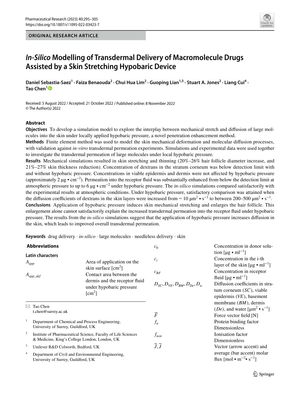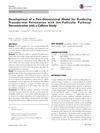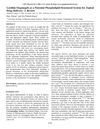In Silico Modelling of Transdermal Delivery of Macromolecule Drugs Assisted by a Skin Stretching Hypobaric Device
November 2022
in “
Pharmaceutical research
”
transdermal delivery macromolecule drugs skin stretching hypobaric device finite element method hair follicle diameter skin thickness stratum corneum viable epidermis dermis receptor fluid diffusion coefficients transdermal drug delivery large molecule drugs mechanical stretch low pressure device finite element analysis hair follicle size skin layer thickness outer skin layer living skin layer inner skin layer receptor solution diffusion rates

TLDR The simulation showed that hypobaric pressure improves drug delivery through the skin, but stretching alone doesn't fully explain the increase.
The study developed a simulation model using the finite element method to investigate how mechanical stretch and hypobaric pressure affect the diffusion of large molecules into the skin. The model was validated against in-vitro experiments. Results showed that skin stretching and thinning occurred, with a 20%-26% increase in hair follicle diameter and a 21%-27% reduction in skin thickness. However, the concentration of dextrans in the stratum corneum remained below the detection limit, regardless of hypobaric pressure, and concentrations in the viable epidermis and dermis were unaffected. Notably, permeation into the receptor fluid was significantly enhanced under hypobaric pressure, increasing from below detection limit to up to 6 μg/cm^2. The in-silico simulations aligned well with experimental results, especially when diffusion coefficients were increased under hypobaric pressure. The study concludes that while mechanical enlargement of hair follicles does not fully explain the increased permeation, hypobaric pressure likely enhances diffusion in the skin, improving transdermal drug delivery.

